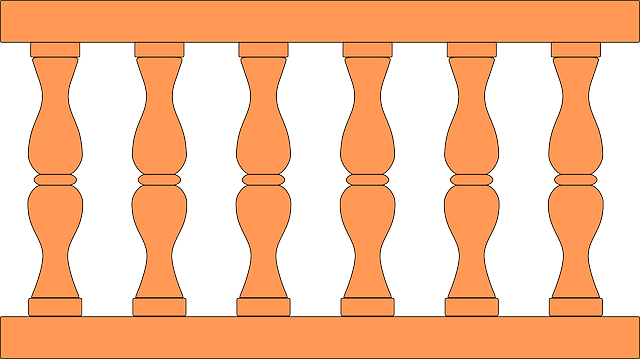In the heart of Massachusetts, New Bedford is embracing sustainable living with eco-friendly fencing materials. This coastal city is witnessing a green revolution as residents and local authorities opt for environmentally conscious solutions. The following article delves into the diverse options available, highlighting their numerous benefits. From reducing carbon footprints to enhancing biodiversity, these sustainable fences offer both aesthetic appeal and long-term value. We explore popular choices, provide installation tips, and emphasize community efforts to make New Bedford a greener place.
- Exploring Eco-Friendly Fencing Options in New Bedford
- Benefits of Using Sustainable Fencing Materials
- Popular Eco-Conscious Fencing Choices for Your Home
- How to Incorporate Green Fencing Practices in MA Communities
Exploring Eco-Friendly Fencing Options in New Bedford
In New Bedford, MA, exploring eco-friendly fencing options is a growing trend among environmentally conscious residents. The city’s commitment to sustainability has spurred an interest in materials that offer both aesthetic appeal and ecological benefits. Natural barriers like wooden fences made from locally sourced, sustainably harvested wood are popular choices. These not only blend seamlessly with the surrounding landscape but also contribute to the local economy by supporting regional lumberyards.
Beyond traditional wood, innovative options like recycled plastic, bamboo, and composite materials provide unique advantages. Recycled plastic fences, for instance, offer durability and low maintenance while reducing plastic waste. Bamboo fencing is another sustainable alternative known for its rapid growth and strength. Composite materials, a blend of wood fibers and plastic, combine the best of both worlds—the natural look of wood with the longevity of synthetic options. Each choice represents a step towards minimizing the environmental footprint, enhancing local biodiversity, and creating a greener New Bedford.
Benefits of Using Sustainable Fencing Materials
In New Bedford, MA, opting for eco-friendly fencing materials offers a multitude of advantages for both homeowners and the local environment. These sustainable alternatives reduce the carbon footprint associated with traditional fencing production, as they are often made from recycled or renewable resources. This shift towards sustainability contributes to mitigating climate change by minimizing greenhouse gas emissions.
Moreover, these materials are designed to withstand various environmental conditions, ensuring longer-lasting fences that require less maintenance and replacement over time. Many eco-friendly options also provide excellent privacy and security while integrating seamlessly with the natural landscape, enhancing the aesthetic appeal of outdoor spaces. By choosing sustainable fencing, residents can contribute to a greener New Bedford, promoting biodiversity and fostering a healthier local ecosystem.
Popular Eco-Conscious Fencing Choices for Your Home
When considering eco-friendly fencing options for your New Bedford home, there are several popular choices that offer both aesthetic appeal and environmental benefits. One prominent material is recycled plastic fencing. These products are made from post-consumer waste, such as plastic bottles, reducing the demand for new resources and minimizing landfill waste. They come in various styles, colors, and textures, allowing homeowners to find a fence that complements their property’s unique character.
Another sustainable option is natural wood fencing, particularly when sourced from locally managed forests. Look for certified woods like cedar or pressure-treated options treated with eco-friendly chemicals. These materials provide excellent durability and can last for decades with proper care, reducing the need for frequent replacements. Moreover, they offer natural beauty and can create a welcoming atmosphere around your home while promoting sustainable land management practices.
How to Incorporate Green Fencing Practices in MA Communities
Incorporating green fencing practices in Massachusetts communities requires a collaborative effort and an understanding of local regulations. Homeowners, landscape architects, and local governments can work together to promote eco-friendly fencing options. Start by researching suitable native plant species for privacy and aesthetic purposes; these plants not only reduce the need for chemicals but also provide habitats for local wildlife. Additionally, consider recycled or composted materials like wood chips or bamboo for fence construction, which minimizes waste and reduces carbon footprint.
Engage with local initiatives promoting sustainable living and seek incentives for adopting green fencing methods. Many cities offer rebates or grants for installing eco-friendly features. Educate neighbors about the benefits of green fencing through community workshops or events, fostering a culture of environmental stewardship. By embracing these practices, New Bedford can contribute to a healthier ecosystem while enhancing the beauty and resilience of its urban landscapes.
